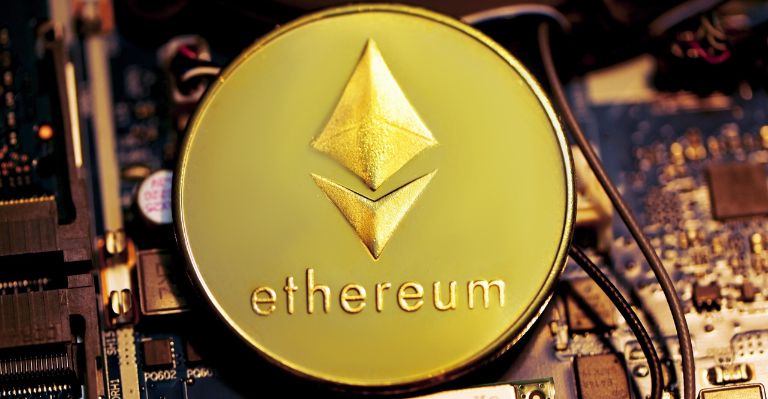Ethereum has been notoriously known for its high gas fees, which have been a significant roadblock to its widespread adoption. Recently, some reports have revealed a historic low in the cost of these fees.
Gas fees on Ethereum, which are essential in determining the costs associated with transactions and the execution of smart contracts on its network, have experienced a surprising decrease in recent days.
This reduction has been so significant that it has brought Ethereum’s gas fees to historic lows, marking a milestone in the platform’s evolution.
According to data provided by Etherscan, the average gas price on Ethereum stood at an astonishing 8.8 gwei during the last week, surpassing the previous record of 8.9 gwei set in January 2020.
To better understand this metric, it’s relevant to mention that a gwei is an abbreviation for “gigawei” and is used as a unit of measurement to calculate gas fees on the Ethereum network. In numerical terms, one gwei is equal to 0.000000001 ETH, illustrating the precision with which fees are assessed on the Ethereum network.
This decrease in gas fees is a noteworthy development in the crypto and blockchain technology world, as Ethereum has long been known for its relatively high transaction costs.

The current reduction in gas fees could have significant implications for the adoption and overall utility of Ethereum, potentially opening up new opportunities for a wider range of users and use cases on the platform.
Could Adoption of Solutions Ease Network Congestion?
One reason behind this drop in gas costs is attributed to the increased adoption of layer 2 scaling solutions like Optimism and Arbitrum.
These solutions enable the processing of transactions off the main Ethereum chain, significantly reducing congestion on the primary network and, consequently, lowering gas fees.
Ethereum’s scaling solutions have seen a substantial increase in both adoption and value over the past year. According to data provided by L2Beat, the total value locked (TVL) in layer 2 networks has reached an astonishing $10.5 billion, more than double what it was the previous year.
In contrast, Ethereum’s TVL has experienced a decline of over 30% during the same period, settling at $20 billion.
The decrease in demand for Ethereum has also contributed to this drop in gas fees. Over the past year, both transaction volumes and the number of active users on Ethereum have decreased, partly due to the overall bearish trend in the crypto market.
With less demand for block space, competition for transactions has reduced, allowing gas fees to reach these intriguing historic lows.

